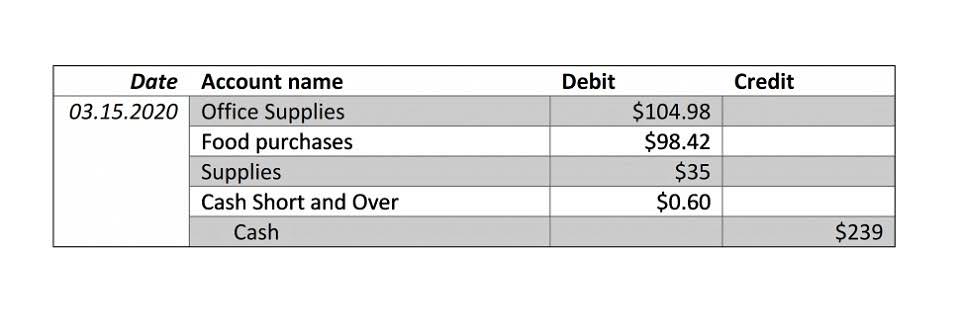
Companies can also get an appraisal of the asset by reaching out to an independent, third-party appraiser. This method involves obtaining an independent report of the asset’s value at the end of its useful life. This may also be done by using industry-specific data to estimate the asset’s value. We’re firm believers in the Golden Rule, which is why editorial opinions are ours alone and have not been previously reviewed, approved, or endorsed by included advertisers.
Depreciation Calculation

You paid $10,000 for the fridge, $1,000 in sales tax, and $500 for installation. Once you’ve determined the asset’s salvage value, you’re ready to calculate depreciation. The difference between the asset purchase price and the salvage (residual) value is the total depreciable amount.
Is Salvage Value the Selling Price?
Take a look at similarly equipped 2015 Hyundai Elantras on the market and average the selling prices. The Internal Revenue Service (IRS) uses a proprietary depreciation method called the Modified Accelerated Cost Recovery System (MACRS), which does not incorporate salvage values. You can stop depreciating an asset once you have fully recovered its cost or when you retire it from service, whichever happens first.
Depreciation Methods

In other words, the best place to find an asset’s market value is where similar goods are sold, or where you can get the best price for it. Say that a refrigerator’s useful life is seven years, and seven-year-old industrial refrigerators go for $1,000 on average. The fridge’s depreciable value is $10,500 ($11,500 purchase price minus the $1,000 salvage value). If you’re unsure of your asset’s useful life for book purposes, you can’t go wrong following the useful lives laid out in the IRS Publication 946 Chapter Four. Sometimes, an asset will have no salvage value at the end of its life, but the good news is that it can be depreciated without one.
Whether your vehicle has been involved in a collision or has other forms of damage, we are here to purchase it. Get cash for your car, sell your junk car, or dispose of your scrap car with ease… Since there isn’t a standardized method of determining how much a salvage car is worth, you can negotiate the salvage value of your vehicle. But if you think the insurance company’s offer is too low, you’ll need to provide evidence as to why the vehicle is worth more than what the insurance company is offering.
Depreciation Rate:
- The salvage value of a damaged car is the value it holds after the collision, even though it is worth less than it was before.
- A company may elect to use one depreciation method over another in order to gain tax or cash flow advantages.
- When your car is declared to be a total loss or totaled by your insurance company, there are a couple of scenarios that can play out.
- If your vehicle is totaled, the insurance company will assess its salvage value.
- Annual straight line depreciation for the refrigerator is $1,500 ($10,500 depreciable value ÷ seven-year useful life).
- If you have an older vehicle with a salvage title, you can expect the vehicle’s value to be between 20% to 40% less than a similar vehicle with a clean title.
Perhaps the most common calculation of an asset’s salvage value is to assume there will be no salvage value. As a result, the entire cost of the asset used in the business will be charged to depreciation expense during the years of the asset’s expected useful life. The straight-line depreciation method assumes a constant depreciation rate how is salvage value calculated over the asset’s useful life. Calculate the annual depreciation rate by dividing 1 by the useful life in years. One of the first things you should do after purchasing a depreciable asset is to create a depreciation schedule. Through that process, you’re forced to determine the asset’s useful life, salvage value, and depreciation method.

There’s no easy, clear-cut formula for calculating a car’s salvage value, as there are quite a few variables at play. Company A purchases a machine for $100,000 with an estimated salvage value of $20,000 and a useful life of 5 years. Sarah Sharkey is a personal finance writer with a master’s degree in management from the Hough School of Business at the University of Florida. She has written for numerous personal finance publications including Money Under 30 and The College Investor. Laura is an award-winning editor with experience in content and communications covering auto insurance and personal finance.


